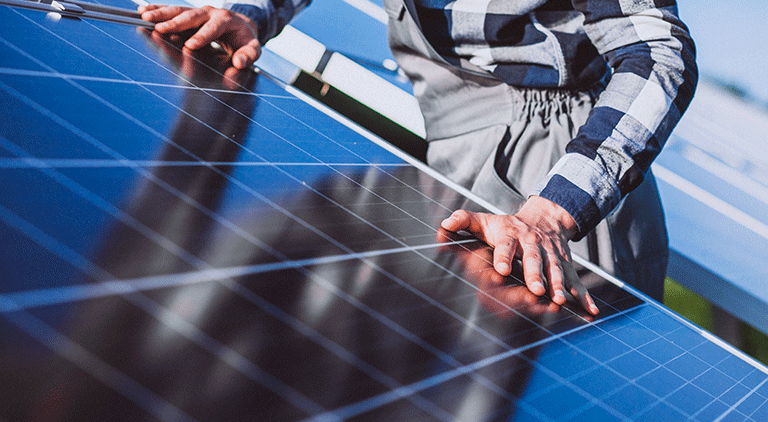Powering up Sunshine
By EPR Magazine Editorial August 29, 2020 2:38 pm IST
By EPR Magazine Editorial August 29, 2020 2:38 pm IST

How India’s commercial and industrial sector can drive rooftop solar power
Increasing electricity demand and rising grid tariffs for commercial and industrial (C&I) customers are driving business users to rooftop solar, which is not only cleaner and cheaper but also gives them tariff certainty for 25 years, said a report titled ‘Powering up Sunshine – Untapped Opportunities in India’s Rooftop Solar Market’ published by JMK Research & Analytics and the Institute for Energy Economics and Financial Analysis (IEEFA).
The report authored by Jyoti Gulia and Vibhuti Garg explores the increasing awareness of the benefits of rooftop solar electricity for India’s corporate consumers.
“Commercial and industrial users consume approximately 49 percent of the electricity generated in India, but only 3.5 percent of the power procured by India’s C&I segment is from renewable sources,” says Gulia. “C&I rooftop solar has vast potential, and already accounts for 70-80 percent of all the country’s rooftop solar installations.”
Garg says this situation is quite different from other economies where the residential segment leads rooftop solar.
“The reason is that, in India, residential and agricultural users are subsidized while C&I consumers are levied an additional significant cross-subsidy surcharge leading to higher than average mains electricity tariffs,” says Garg. “As a result, rooftop solar is an economically viable solution for C&I consumers.”
India’s rooftop solar market has, broadly, two business models – capital expenditure (CAPEX) and operational expenditure (OPEX). From the perspective of a power consumer, CAPEX is a self-financing model while OPEX is a third-party financing model. OPEX accounted for nearly a third of all cumulative rooftop solar installations in India at the end of last year.
With the falling equipment cost, the payback period for rooftop solar projects in India is also gradually shortening. Currently, in a CAPEX model, payback can be realised by a shorter duration of 3-4 years, while for an OPEX project the tariff rate is about Rs 3.5-4/ kWh (USD 0.047 –0.053), which is less than half the average of C&I grid tariffs prevalent across most states.
In the C&I segment itself, medium, small, and micro enterprises (MSMEs) are likely to aggressively adopt solar in coming years.
We use cookies to personalize your experience. By continuing to visit this website you agree to our Terms & Conditions, Privacy Policy and Cookie Policy.